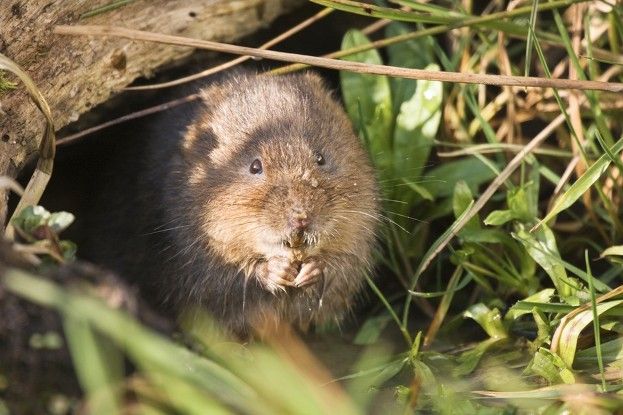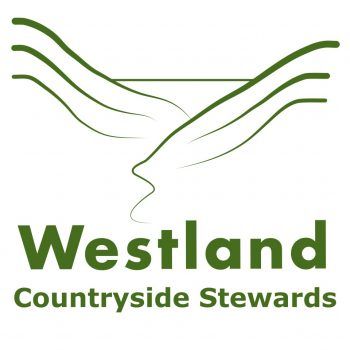
Cornwall Water Vole Reintroduction
Introduction
Historic records of water voles in Cornwall
Historic records testify that water voles were formerly a widespread species in Cornwall. The Victoria County Histories in 1906 record them as being “common in all suitable habitats throughout the county”. Vincent Wildlife Trust’s 1989-90 National Water Vole Survey recorded water voles at a single site on the Bude river catchment, although they found no latrines (piles of droppings developed as territorial markers). The Environmental Records Centre for Cornwall and the Isles of Scilly compiled a list of water vole records dating back to the 1960s. These show a historic distribution which was countywide.
About the water vole
Water voles are Britain’s largest vole species. They are adapted to live in a water edge environment where their swimming ability allows them to forage effectively amongst semi-emergent plant life and to avoid predators by “plopping” off the riverbank and swimming away.
They typically live in burrow systems where they excavate the banks of rivers, ditches, ponds or streams. In the future, it is likely water voles will only survive where populations are supported by active human intervention. This support will be to ensure the provision of suitable habitats and to control or eliminate predation by non-native North American Mink (neovison vison). The reintroduction of water voles into highly suitable habitats and where strategic mink control is practicable is a recommended component of the species’ national conservation strategy.
Locations for the water vole reintroduction
The twenty-two and a half acres of Bude Marsh is managed by Cornwall Council’s countryside department. A stated aim of the LNR management plan (2008-2013) is to investigate the possibility of re-introducing water voles to the reserve. A mink survey—bridge checks for droppings or footprints and rafts to check wider distribution—was undertaken in the summer of 2012. They identified no field signs of the species.
Bude Marsh and its surrounding river systems—the River Neet, River Strat and Bude Canal—provide a complexity of riparian habitat which can support a substantial water vole population. Large-scale reintroductions of water voles are possible and the restored populations can be highly successful. The project began in 2013 with the release of captive-bred juveniles. Its overall aim is to restore a complete water vole breeding population over time and to maintain the whole catchment free of breeding mink. It is the first project of its type in Cornwall, where water voles are now believed to be completely extinct.
